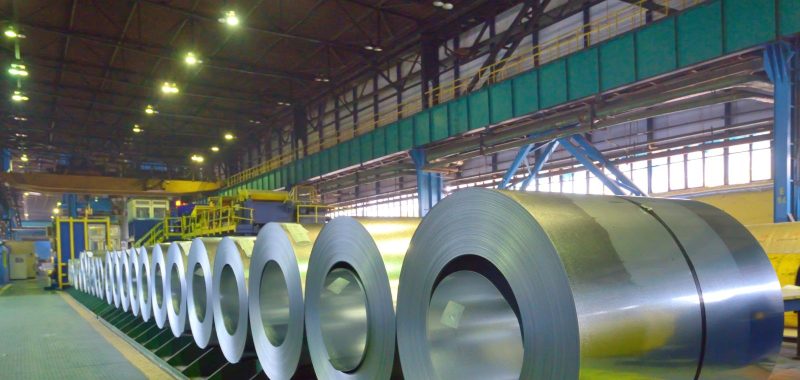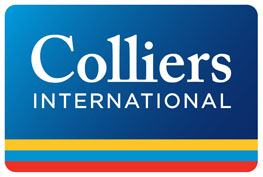If you’re feeling like the world’s spinning a little off-kilter these days—you’re not alone. According to AllianceBernstein’s latest outlook1, we’re in a weird moment: headlines are loud, tensions are rising, and policies are shifting fast… yet somehow, markets are just kind of hanging out.
“The global policy environment continued to change rapidly in the second quarter,” they note, pointing to everything from a brewing conflict in Iran, to the U.S. flip-flopping on massive tariffs, to central banks around the world slashing rates—except the Fed. Even with all that chaos, “most major asset prices ended the quarter more or less where they started.”
So what gives? AB thinks investors are essentially holding their breath, waiting for real clarity. “Markets are waiting for more information about the impact that policy and geopolitical changes will have on the global economy rather than responding preemptively in such an uncertain world.”
Trade Tantrums and a Wobbly Dollar
AB is blunt about the damage tariffs are doing. They write: “Tariffs will slow growth everywhere, including the US.” While surveys already show consumer and business confidence fading, the real economic drag—like slower spending and weaker investment—is still coming down the pipe.
That puts the Fed in a tight spot. On one hand, growth is cooling and rate cuts are needed. On the other, tariffs are inflationary. AB puts it this way: “Slower growth argues for rate cuts, but higher prices would point in the opposite direction.” Still, they think cuts are coming soon—and fast: “We expect the Fed eventually to push its policy rate below 3.0%, somewhat lower than the market currently anticipates.”
Meanwhile, the dollar’s weakness is starting to look less like a trade issue and more like a trust issue. After the U.S. shocked markets by imposing and then suspending broad tariffs, AB says the world is starting to question whether the U.S. still deserves its gold-standard status as a rule-abiding, steady global partner. “The dollar’s unquestioned reign... has been based in part on the idea that US policy was process-oriented, predictable and rules-based,” they write. That idea’s now up for debate—and if confidence slips, “higher interest rates may follow.”
What’s Really Going On in the U.S.?
On paper, things look... okay-ish. The labor market’s still tight. Inflation’s backing off. But AB sees cracks just under the surface: “Tariffs have been delayed, not cancelled… and the role of the dollar is in question.”
AB thinks the Fed will eventually move—hard—to soften the slowdown, especially if the trade noise fades. “A modest slowdown cushioned by easier monetary policy… paves the way for a reacceleration in 2026.” But if tariffs snap back or deficit concerns escalate, all bets are off. “The next few months will be telling.”
China’s in Holding Pattern
China’s economy isn’t crashing, but it’s clearly struggling to gain traction. Growth is expected to come in at 4.3%, but that’s with deflationary winds blowing and consumers keeping their wallets shut. “The economy is in limbo for now, and so too are policymakers,” AB writes.
So far, Beijing is sticking to liquidity injections and signaling more stimulus might be coming. But they’re not hitting the panic button. And while trade is the obvious battleground, AB reminds us: China has leverage in capital markets, too. “Reducing or stopping the flow of capital from China to US financial markets would be very disruptive.” That’s a card China hasn’t played—but could.
Europe: Walking a Tightrope
Europe is stuck between tariff threats and shaky internal momentum. “Negotiations [on U.S. tariffs] have reached nowhere… and recent communication suggests that expecting 10% tariffs is too optimistic.” AB warns that the export bump from earlier this year will likely reverse in the second half, dragging growth even lower. Forecasts hover at just 0.8%.
But there’s a sliver of hope—Germany’s planning a fiscal boost that could turn things around if executed well. And inflation? It’s back to target, but risks of an undershoot are rising. That’s why AB expects the European Central Bank to keep cutting: “At least one more cut this year with risks of more cuts more likely than less.”
UK & Japan: Two Different Stories
In the UK, it’s a slow drip of bad vibes. Consumers are saving, surveys are gloomy, and inflation is still over 3%. AB sees the Bank of England continuing with regular, measured rate cuts and potentially dialing down quantitative tightening as markets head into a politically charged autumn.
Japan, on the other hand, is the odd one out. It’s raising rates while everyone else cuts. But AB doesn’t think that will last long: “There is only limited scope for the BOJ to continue with rate increases.”
Emerging Markets: Caution with a Cushion
Emerging markets are getting hit on several fronts—tariffs, tight money, and weaker global growth. But they’re not out of breath just yet. “The crystallization of higher tariffs, trade normalization and relatively tight monetary policy are likely to contribute to a sharp slowdown,” AB says.
Still, EMs come into this slowdown with better external buffers—thanks to strong trade surpluses and remittances, especially in Asia. AB expects EM central banks to start easing more aggressively soon, especially as the U.S. dollar continues to lose altitude.
But geopolitics still loom large. The Iran-Israel conflict, sparked by nuclear strikes and a shaky ceasefire, could flare up again. “A critical risk now is that these strikes may prompt the Iranian regime to accelerate its nuclear development... renewed interventions could occur.”
Where Does This Leave Us?
The overall vibe? Cautiously realistic. AB isn’t forecasting a crash—but they’re not sugarcoating things either. Their core scenario is “relatively benign,” assuming no major shocks from trade, geopolitics, or global capital flows.
For investors, the message is clear: expect slower growth, more rate cuts, and a policy environment where “looking past the headlines” may pay off—if you can handle the bumps.
Quick Take: Key Numbers from AB
- Global GDP (2025): 2.1%
- U.S. GDP (2025): 0.5%
- U.S. Core Inflation (2025): 3.8%
- China GDP (2025): 4.3%
- Euro Area GDP (2025): 0.8%
- Fed Rate Target (late 2025): Expected to fall below 3.0%
- Top Risks: U.S. fiscal instability, unresolved tariffs, Middle East oil shock
AB leaves us with a parting thought: It’s not the headlines that shape markets—it’s how the world reacts once they’ve settled. In this “wait-and-see” economy, patience might just be the most undervalued asset of all.
Footnote:
1 AllianceBernstein. Global Macro Outlook: Third Quarter 2025. AllianceBernstein L.P., July 2025. ↩︎
Copyright © AdvisorAnalyst















